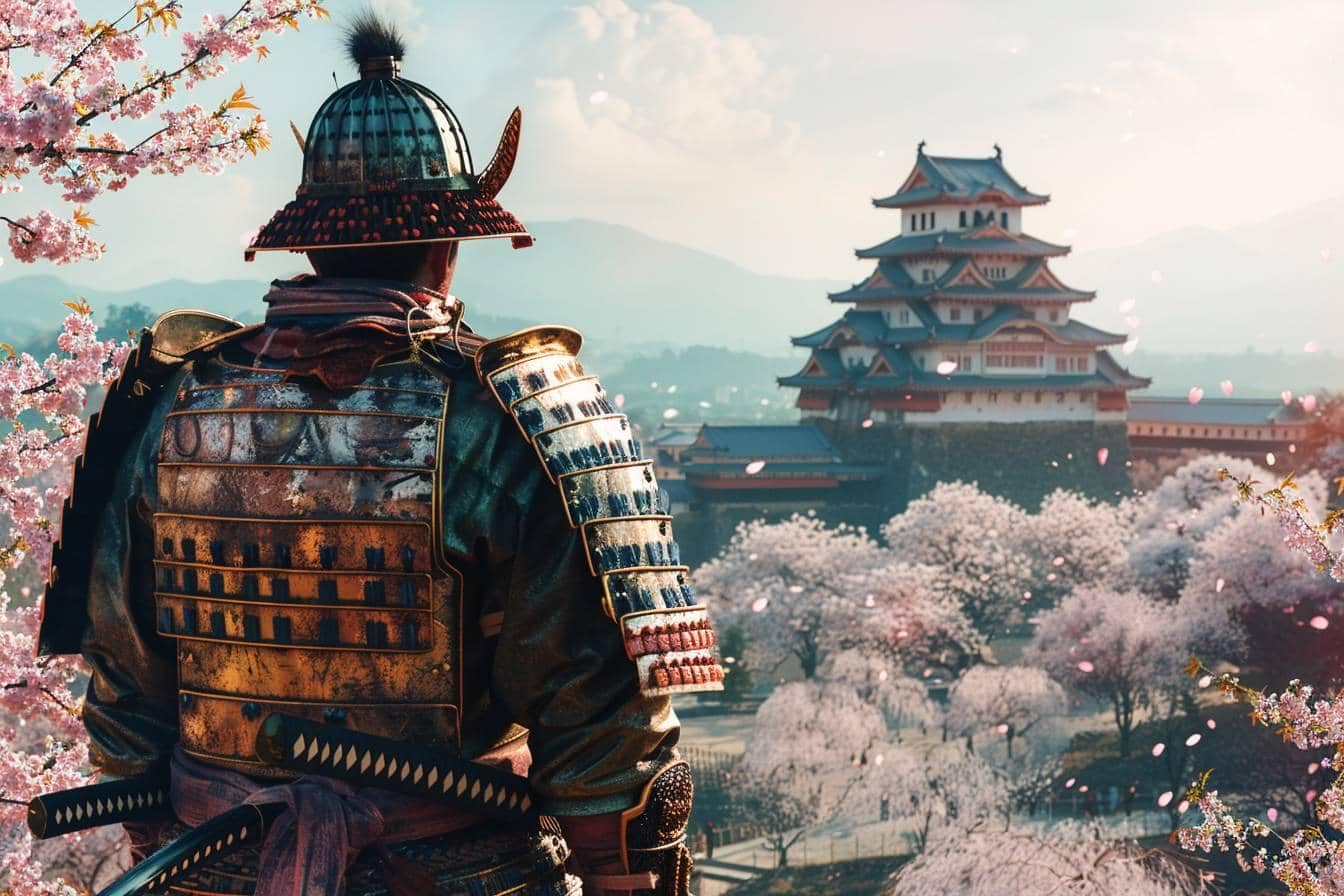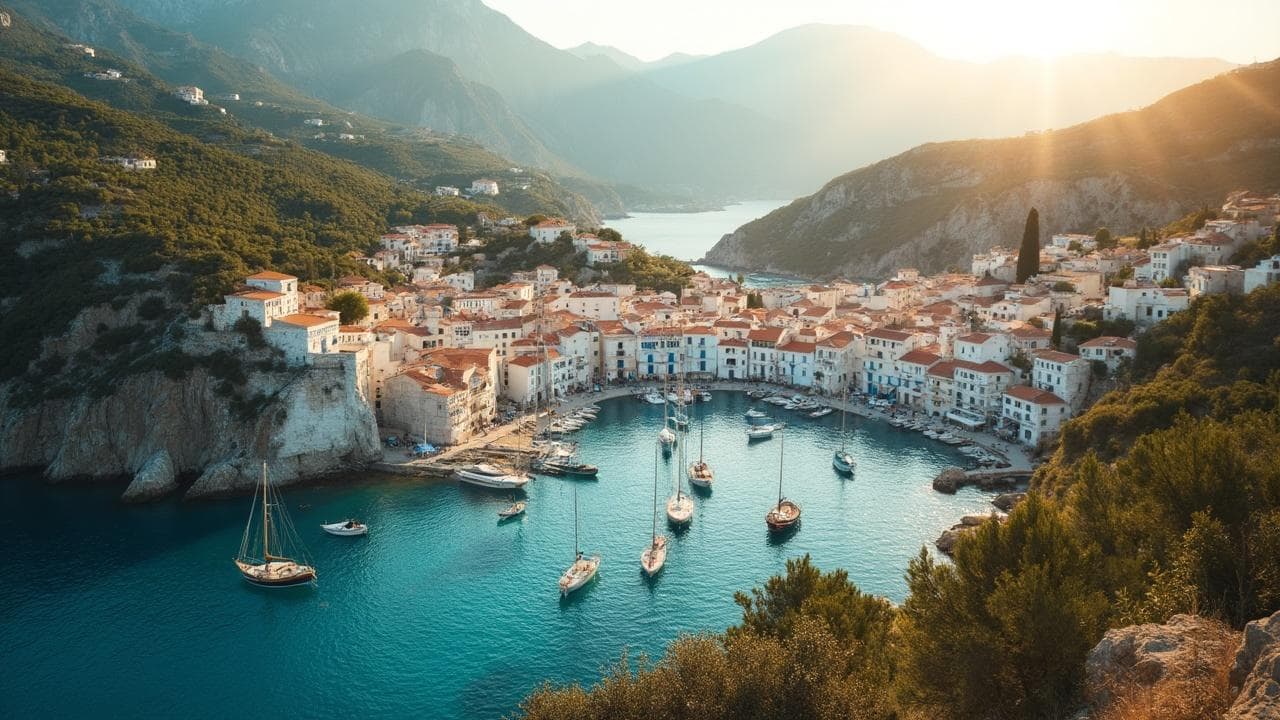Exploring Japan’s castle towns offers a rare peek into the country’s deep history and cultural heritage. From the timeless architecture to the scenic landscapes surrounding these historic sites, each city tells its own story, echoing the samurai tales and feudal era.
As a web developer and full-time traveler, I’ve traversed various parts of Japan, aiming to uncover something unique each time. Today, I invite you to join me on a journey through some of Japan’s enchanting castle towns, where history meets natural beauty, creating a tapestry of experiences that’s as rich as it is diverse.
In this article
- Discovering the essence of Matsue
- A day in Inuyama
- The Nakasendo way: a trek through time
- Navigating Japan's castle towns
Discovering the essence of Matsue
One of my most memorable visits was to Matsue, a castle town known for its stunning Matsue Castle, one of Japan’s national treasures.
Ideally situated by Lake Shinji, the town blends historical significance with natural beauty. It offers tranquil boat rides that provide an alternative perspective of the castle and its surroundings. The castle itself, also known as “Plover Castle” due to its wing-like turrets, stands as a testament to the architectural ingenuity of Japan’s feudal era.
The town’s charm extends beyond the castle walls. Walking through the streets, I encountered several traditional tea houses where I could pause and enjoy a moment of reflection over a cup of matcha, appreciating the slower pace of life here compared to the bustling cities.
Matsue’s rich history is also evident in its devoted preservation of samurai residences, which offer a glimpse into the lives of Japan’s famed warriors. The Buke Yashiki, a well-preserved samurai house, provides insights into the samurai lifestyle, customs, and diet.
A day in Inuyama
Inuyama, on the other hand, offered an entirely different experience. Home to Japan’s oldest castle, Inuyama Castle, the town exudes a sense of timelessness. The castle’s hilltop location offers panoramic views of the surrounding area, making it a strategic defense point in the past.
Its wooden interior and exterior have withstood the test of time, providing an authentic experience of Japan’s medieval architecture. My visit here was not just about exploring the castle but also enjoying the quaint streets of the castle town, which are lined with traditional shops selling local crafts and treats.
Adjacent to the castle is the Uraku-en garden, known for its tea house where the ceremonial preparation of tea can be observed—a practice deeply ingrained in Japanese culture. I remember feeling a profound sense of peace as I walked through this meticulously maintained garden, starkly contrasting my usually hectic digital nomad lifestyle.

The Nakasendo way: a trek through time
Perhaps the most adventurous part of my journey through Japan’s historic towns was trekking along the Nakasendo Way. This ancient highway once connected Edo (now Tokyo) to Kyoto, winding through the mountains and offering travelers rest points known as post towns.
Walking between Magome and Tsumago, two impeccably preserved post towns, I was transported back in time, imagining the lives of samurai, merchants, and travelers who once tread the same path.
The trail meanders through breathtaking landscapes, with waterfalls and rivers accompanying the trekker’s journey. It’s a living history lesson, with each step revealing more about Japan’s feudal past.
The towns of Magome and Tsumago have gone to great lengths to preserve the historical authenticity of the Edo period, banning modern vehicles from the main roads and maintaining traditional lodgings for visitors. This dedication to preservation was palpable, allowing for a truly immersive experience.
Navigating Japan’s castle towns
Traveling through Japan’s historic castle towns demands a certain level of preparation, especially if you’re keen on understanding the rich history behind each site.
Accessibility varies from town to town, with some, like Matsue, being easily navigable by public transport. In contrast, others, such as the more remote segments of the Nakasendo Way, may require a mix of local buses, trains, and a fair amount of trekking.
Accommodation options vary, from traditional Ryokans that glimpse Japanese living to more modern hotels. I’ve found that staying in a ryokan provides not just a place to sleep but an experience, with the opportunity to wear a yukata and enjoy a traditional Japanese breakfast.
However, planning is crucial for treks along ancient routes like the Nakasendo Way to ensure you have a place to rest after a day’s hike.
In conclusion, Japan’s castle towns and ancient pathways offer a bridge to the past, allowing modern travelers to return and experience feudal Japan’s beauty, tradition, and history.
Whether you’re exploring the preserved samurai residences of Matsue, gazing out from the ancient towers of Inuyama Castle, or trekking the historical Nakasendo Way, the journey through these historic sites provides a deeper understanding of Japan’s rich cultural heritage—and adds a few unforgettable chapters to your travel diary.




